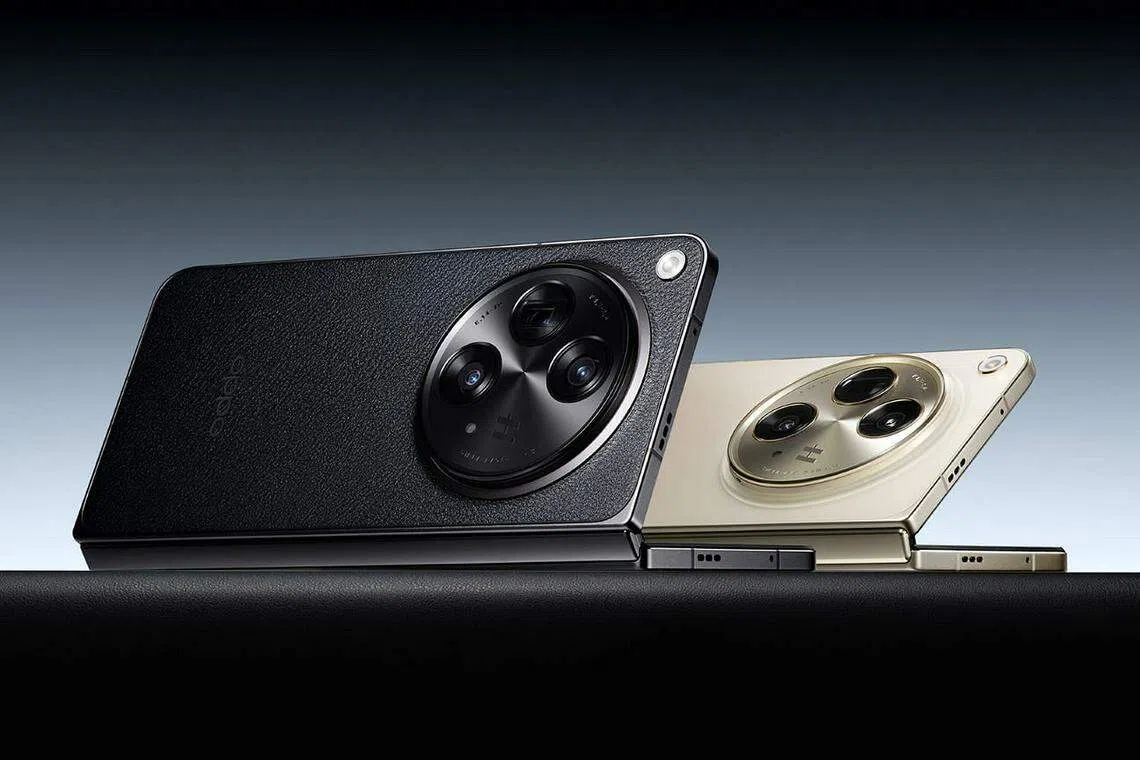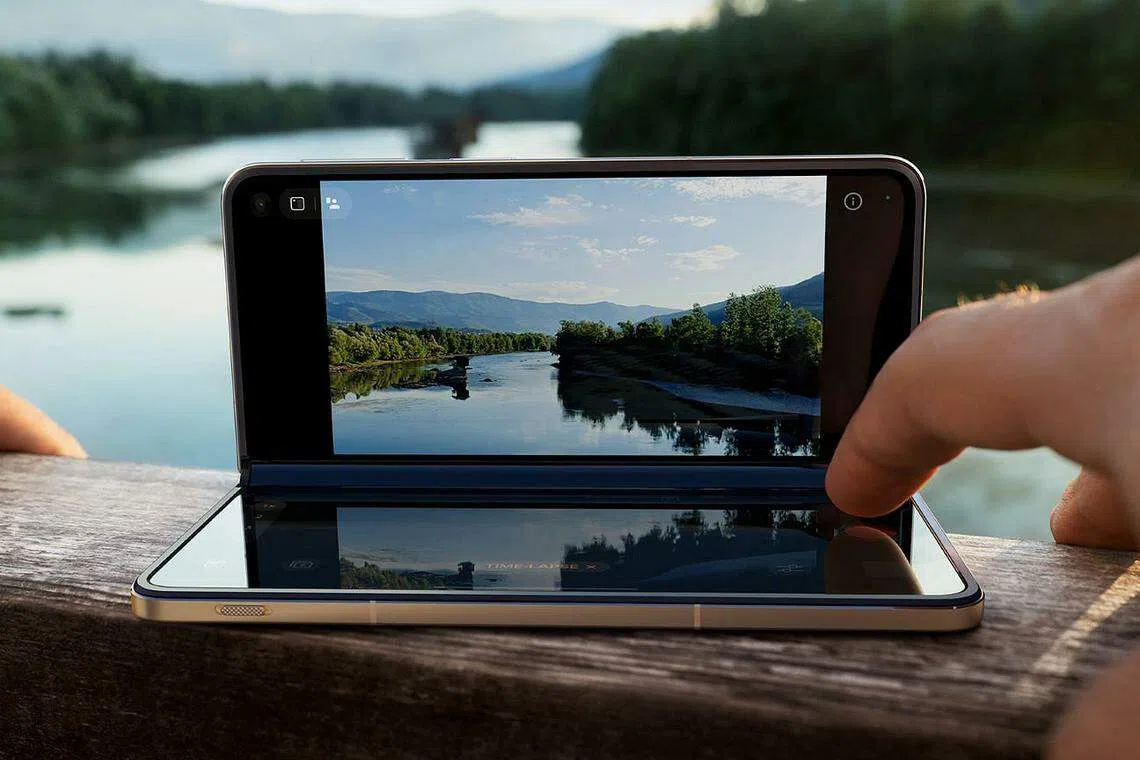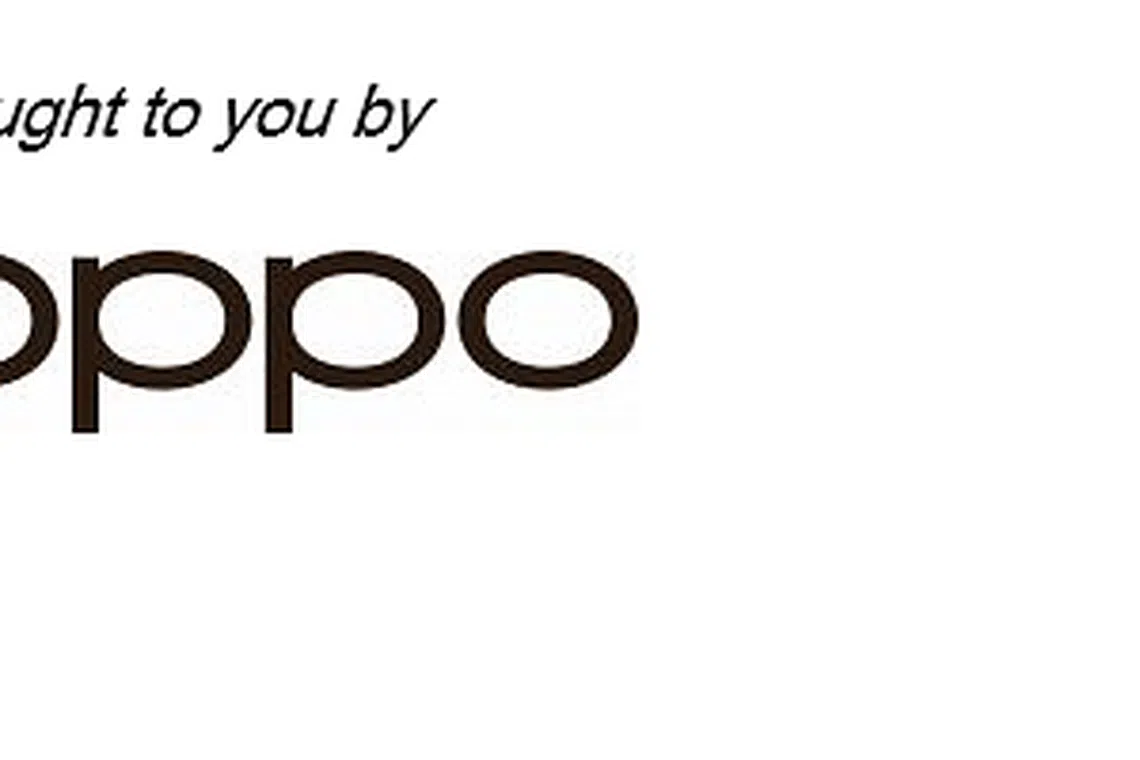How Oppo believes that foldable smartphones may be key to reversing global market decline
From addressing practical problems to defining the future of mobile tech, the phone maker's pivot to foldable phones is part of strategy to strengthen presence in South-east Asia
Zhou Yibao was taking the water bus in Thailand when his smartphone suddenly lost its network signal.
"This boat service ferries tens of thousands of people daily," says Zhou, director of OPPO's foldable phone division. "Having weak reception for phones was not acceptable."
"We immediately worked with our research and development team to ensure that our phone models have optimal reception along the river routes. We do the same groundwork in other countries like Vietnam to make sure our phones perform better than our competition."
This relentless focus on perfecting the customer experience is how OPPO has steadily built up its brand presence in South-east Asia.
"Phones can solve 90 per cent of our life problems," says Zhou. "We use them to book tickets, watch entertainment, take photos and make calls. But they can do even more to help us."
For instance, if an OPPO user is travelling overseas, their OPPO phone will recommend apps that are commonly used in the destination country to make the travelling experience more convenient and fuss-free.
Adds Zhou: "For example, an OPPO user from Singapore might not have used apps like Yahoo!Japan or Tabelog before. When he visits Japan, his OPPO phone would recommend these apps for installation at just one click upon his arrival."
The company's culture of solving practical problems in turn inspired Zhou to envision OPPO's future.
Despite being a household name, OPPO was primarily associated with budget or mid-tier devices in a shrinking global market.
But how do you compete with bigger players like Apple and Samsung who have been incumbents for years?
In 2019, Zhou proposed a bold move to OPPO CEO Tony Chen: investing in the emerging category of foldable phones to unlock new consumer innovations.
Fast forward four years and the OPPO Find N3 foldable smartphone is a bona fide game-changer. Boasting a luxurious build, high-end imaging, and advanced multitasking capabilities, it is rapidly transforming OPPO's image, elevating the brand and pushing up the average selling prices of its phones.
Before 2021, OPPO had no presence in the market price band above $1,700. Today, priced at a recommended $2,399, the OPPO Find N3 is now the second best-selling foldable phone brand in Singapore.
OPPO leadership also believes that foldable phones may also be key to reversing the decline of the global smartphone market.


From affordable to affluent
The smartphone market grew rapidly from 2009 to 2017, with annual sales volume jumping from 172 million to 1.5 billion units, according to Statista data. Sales then plateaued and steadily dropped to about 1.4 billion units in 2022.
Zhou says: "People used to upgrade their phones every one to two years. Now, we find that people are using their phones for more than three years before replacing them. There has been no innovation to spur upgrades in normal smartphones."
So in 2019, Zhou convinced his CEO that phone innovation had not peaked, because people always want more immersive experiences.
He says: "Our eyes naturally desire bigger and better visuals. For example, many families now have 70-inch, 80-inch or even 100-inch televisions. People want their entertainment on bigger, not smaller screens."
To satisfy this innate desire for larger displays, smartphones have gradually increased in size over the years but they have hit a size plateau at about 6.5 inches in diameter.
Zhou adds: "Our hands won't grow to accommodate larger phones, but our eyes still demand more. The answer was in making phones that could unfold into bigger displays."
The OPPO Find N3 has an internal display that stretches 7.8mm diagonally when unfolded. That makes it almost the same size as a small tablet.
New phone powers
The large and flexible screen has enabled new ways to use the phone.
Firstly, as the Find N3 has an external 6.3-inch screen and 7.8-inch internal screen, photography is no longer a one-way affair.
Says Zhou: "Thanks to the external phone display, your photo subjects can see clearly how they look as you frame the image. They can quickly adjust their pose before you press the shutter button."
"The phone can also prop itself up in an L-shape and let you do photography without any tripod. In the same manner, you can attend video calls without holding up your phone."
For mobile warriors, the unfolded display also offers a multitasking experience known as "Boundless View". You can use two full screen apps at the same time, or even up to three apps.
Then, as if you were using a computer, you can access files or apps easily using a Windows-like taskbar.
The battery capacity lasts through a day or two, and the phone charges quickly. The fast charging technology lets the OPPO Find N3 charge to 80 per cent power within just 30 minutes, making it ideal for a quick charge before you rush out for work in the morning.
OPPO has hit its stride, with the OPPO Find N3 selling five times the volume of their most recent flagship smartphone - the non-foldable OPPO Find X5.
Singapore has also become the fastest growing market in the world for the Find N3 since the phone launched in October.
Unfolding the future
Zhou's original prediction has come true - foldable phones have been quietly gaining market share amid the overall market's decline.
Research firm IDC forecasts that global shipments of foldable phones (including flip and fold form factors) will reach 21.4 million units in 2023, a more than 50 per cent increase year-over-year, while the overall smartphone market is expected to decline by about 1 per cent.
OPPO is not slowing down.
Says Zhou: "Foldables are still in their infancy and we have more innovations we want to roll out, such as artificial intelligence (AI) assistants that can help you get more things done."
"And perhaps, the next generation of foldables may have even bigger screens!"
Learn more about the Oppo Find N3 here.

Decoding Asia newsletter: your guide to navigating Asia in a new global order. Sign up here to get Decoding Asia newsletter. Delivered to your inbox. Free.
Copyright SPH Media. All rights reserved.
